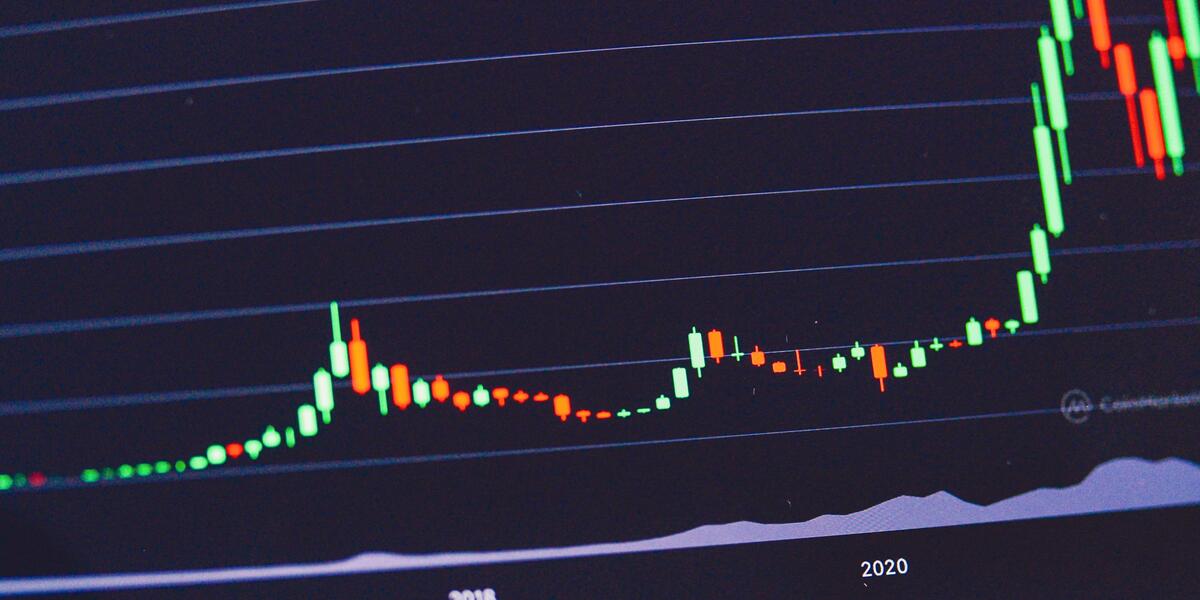The Inflation Reduction Act of 2022 (IRA) has created game-changing opportunities for the construction industry through tax credits and energy incentives. Taking seriously our ambition to be good stewards of our clients’ visions and the environment, Pepper is empowering owners to maximize energy efficiency and cost savings of green initiatives under the new IRA provisions.
The Opportunity: A First in U.S. History
The new IRA marks a first in U.S. history of legislation supporting fossil fuel phase-out. It extends and expands the energy efficient commercial buildings deduction made permanent under Section 179D of the Consolidated Appropriations Act of 2021. Buildings that increase their energy efficiency by at least 25 percent are able to claim this deduction with bonuses for higher efficiency improvements.
Provisions aim to reduce the greenhouse gas emissions across various fuel types, energy producers and users. The Act incentivizes eligible projects through tax credits or deductions for investments in clean electricity, energy-efficient and electrified buildings, and electric vehicles.
The two tiers of eligibility for credits and deductions, a base or bonus, are based on considerations including:
- a percentage of total project cost as a tax credit/deduction;
- additional requirements that may be necessary to maintain existing eligibility;
- potential for 10-year extension on eligibility;
- stepped down credits/deductions to encourage projects to start as soon as possible;
- credit or deduction percentages determined by construction start dates.
Displacing natural gas and coal-fired power with renewable sources of energy, the provisions net total should yield faster reductions in emissions and stronger clean energy deployment – achieving a reduction of at least 100-200 million tons of CO2e emissions by 2030.
“Prior to the IRA, owners of commercial buildings that demonstrated a 50% reduction in energy usage through improvements to heating, cooling, ventilation, hot water, building envelope and interior lighting systems, had a tax deduction of up to $1.88 per square foot available to them,” explains Calvin Young, Senior Project Manager, High Performance, Pepper Construction. “With the new deduction amount increased to $5.00 per square feet, the 179D deduction under the new law more than doubles – if the project meets two new requirements, one for prevailing wage and the other for apprenticeship.”
How do these requirements affect project eligibility for bonus tax credits and deductions? “A percentage of total craft labor hours must be performed by a “Qualified Apprentice”, and trades must be paid wages not less than prevailing rates to receive these bonus tax incentives,” says Calvin.
The ownership of a project now also plays a role. “The Act opens incentives to not-for-profit entities that previously had no means for utilizing the tax benefits associated with owning solar electric generation systems,” says Toju Eshedagho, Project Manager, High Performance, Pepper Construction. “For a $100,000 solar project, for example, a not-for-profit could receive incentives adding up to $50,000 from the Federal government."
Key takeaway: investments in energy efficiency, carbon reduction and renewable energy that were previously not cost effective are now potentially viable, with discounts on certain alternative energy systems and increases in incentives towards existing building upgrades – across a more expansive construction landscape.
Pathways to Access: A Guide for Clients
One of the first and the best in green building performance, Pepper’s High Performance program helps clients make informed decisions that best serve their business and the environment. Our High Performance team is committed to helping owners navigate the intricacies of accessing the benefits the Act offers. The team provides expert guidance that helps clients tap – even stack – incentives and tax credit and deductions on opportunities provided in the Act for:
- rooftop solar
- 179D tax deduction
- geothermal heat pumps
- low-embodied carbon materials – Environmental Production Declarations.
Our experience assisting clients in renewable energy inspired the launch of Pepper Energy in 2022. “Our work with Pepper Energy provides clients the added advantage of optimally procuring components of these systems and installing these energy solutions," says Toju.
Recognizing that buildings can have a positive impact on the environment, Pepper completes an internal Drawdown Analysis for every client and every project to identify value and savings across solar energy, next-generation refrigerants, insulation, water savings, and carbon-infused concrete. “We intentionally provide resources to inform and educate our clients upfront,” says Toju. In all requests for proposal, for example, Pepper provides energy production modeling for potential solar systems and calculates the avoided utility costs associated with installing these solar arrays. “Because we’ve been proactive for years, we’re able to readily show our clients important pathways to value for their projects and our planet,” he adds.
Living Our Promise: Our New Cincinnati Office
Acting on our commitment to build cleaner, smarter, and healthier, we incorporated sustainable design strategies into a renovated historic building that is now Pepper’s new Cincinnati office . Located in the former Stearns & Foster building in Lockland, Ohio, the 3-story, 25,000 square foot office building is a Zero Energy, all-electric office space designed to LEED and WELL standards. Pepper employees enjoy an exceptionally healthy working space that produces more energy than it consumes on an annual basis. The building is expected to operate 68% more energy efficient than baseline and eliminate an average of 122 metric tons of CO2e per year – an average of $40,000 per year in utility costs savings for the environment and Pepper.
“We’re focused on creating healthier structures, and the IRA can have a far-reaching impact on the lived experience of communities everywhere,” says Toju. “As the industry gets greener, we’re stepping up to be the trusted source that clients need to understand how these new savings opportunities can better their return on project investments now and for future generations.”
About the Authors



